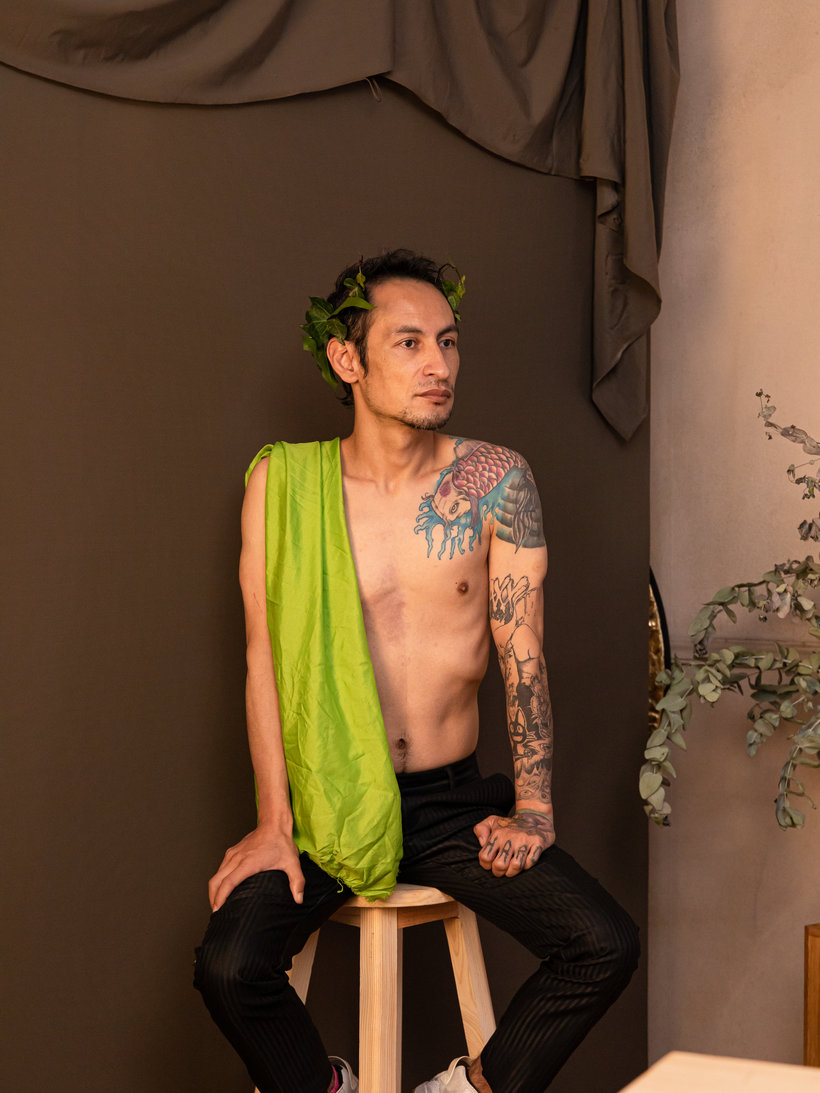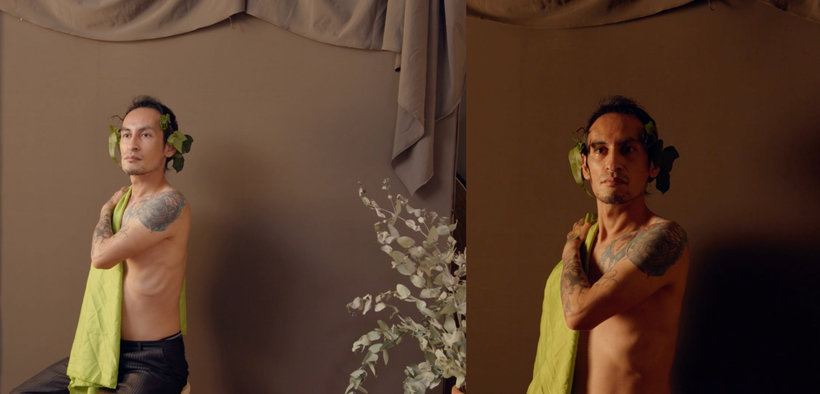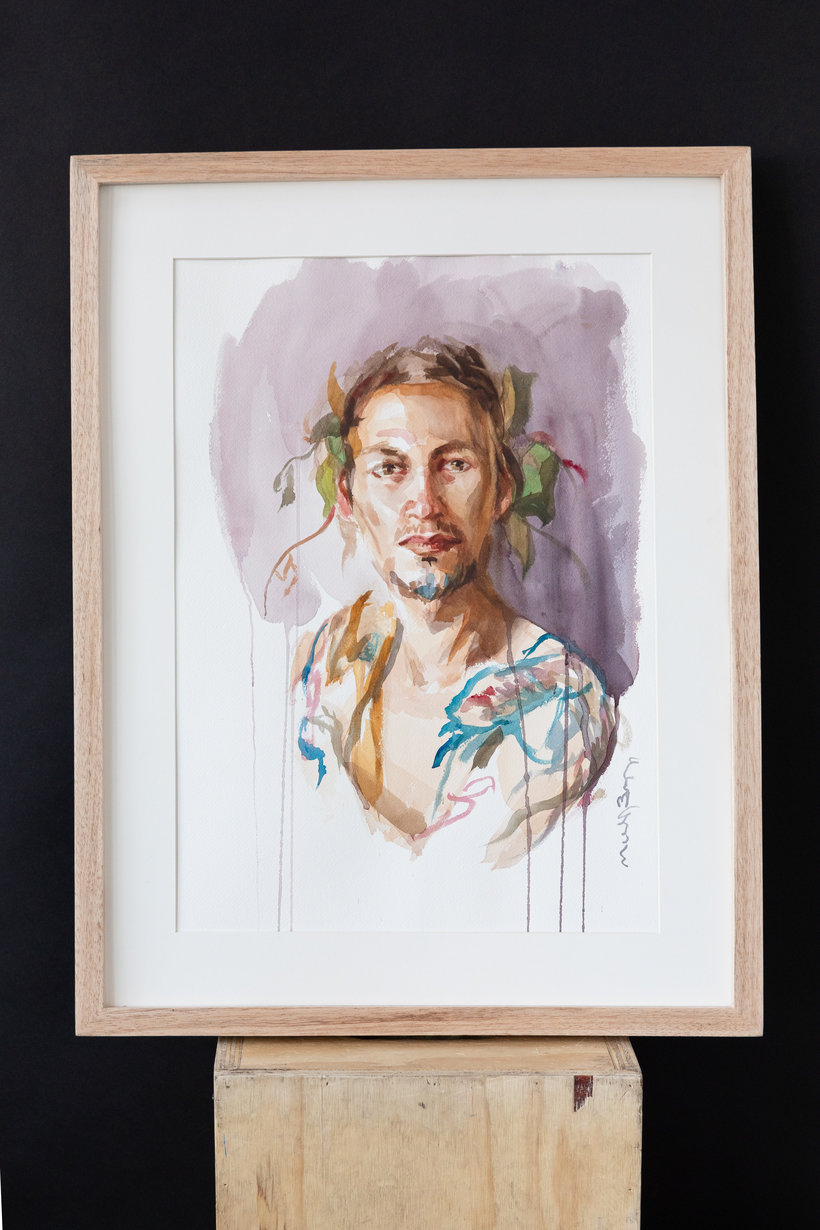Watercolor Portraits: Capture a Model's Personality
Course final project
A course by Michele Bajona , Contemporary Figurative Artist
About the final project for: Watercolor Portraits: Capture a Model's Personality
Watercolor Portraits: Capture a Model's Personality
“You have reached the final of the course, thank you for being part of it! It has been a pleasure for me to be your teacher and being part of your learning process. In this Domestika course I decided to show a final project with a real person, avoiding the use of a photo reference. I think that will help you to reach the goal of a truly successful portrait painting, which is to capture the personality of the sitter. There is nothing wrong with working with photo references, but as a learning process I highly recommend you to work with a model. Before you start your own project, here is one last tip for you. When painting a portrait I like to interact with the model in a relaxed way so I try to create a comfortable setting. Offer your sitter a cup of tea, start a conversation and find a pose that you think is going to work for the model as well. Always consider that you will be working on the portrait for about two to three hours with a pause every twenty minutes. Now, it is time for you to go get your materials and start your own final project! Let me show you how I would love to see your process. The Model Look for a model, you can ask a friend or relative as your model in order to fully understand the process. Depending on the painting medium that I use, when I make a portrait sometimes I need to take pictures of the pose in order to work on it when the model is not present, that’s when I realize what a plus is to work with a real sitter!







Partial transcription of the video
“Final Project Dear students, we have reached the end of the course. I hope you have enjoyed the process. Together, we have discovered the magic of color and different watercolor techniques to solve any issue you might have in your final project. Wet on wet, wet on dry, color mixing, applying layers, gradient washes, and how to achieve different textures. You discovered the anatomy of the eye, and we painted one using a full color palette in order to start practicing before working on your final project: the portrait. Remember, you don't need a model in order to paint a portrait. You may do ...”
This transcript is automatically generated, so it may contain mistakes.
Course summary for: Watercolor Portraits: Capture a Model's Personality
-
Category
Illustration -
Areas
Fine Arts, Painting, Portrait Drawing, Watercolor Painting

Michele Bajona
A course by Michele Bajona
Michele Bajona is an architect-turned-painter whose artwork has been exhibited throughout America and Europe. He attended the Art Student League in New York City and is a member of Cercle Artístic de Sant Lluc in Barcelona. He currently resides in Mexico City, where he continues to paint and teaches art. He has given masterclasses at Museums and cultural institutions.
In addition to solo and collective exhibitions across the globe, he won the first prize for best video documentary at the 54th Venice Art Biennial, Padiglione Italia.
- 99% positive reviews (329)
- 8,261 students
- 17 lessons (3h 12m)
- 25 additional resources (11 files)
- Online and at your own pace
- Available on the app
- Audio: English
- English · Spanish · Portuguese · German · French · Italian · Polish · Dutch
- Level: Beginner
- Unlimited access forever



